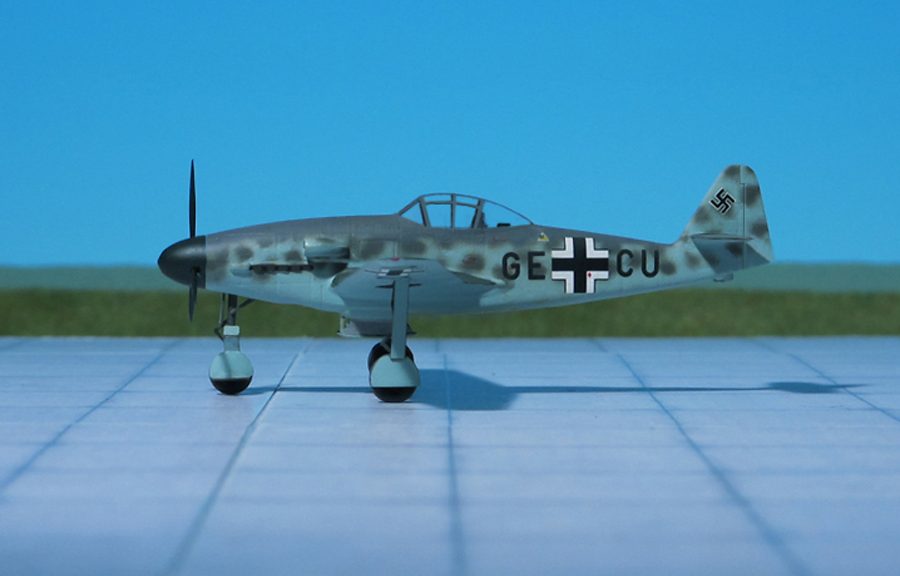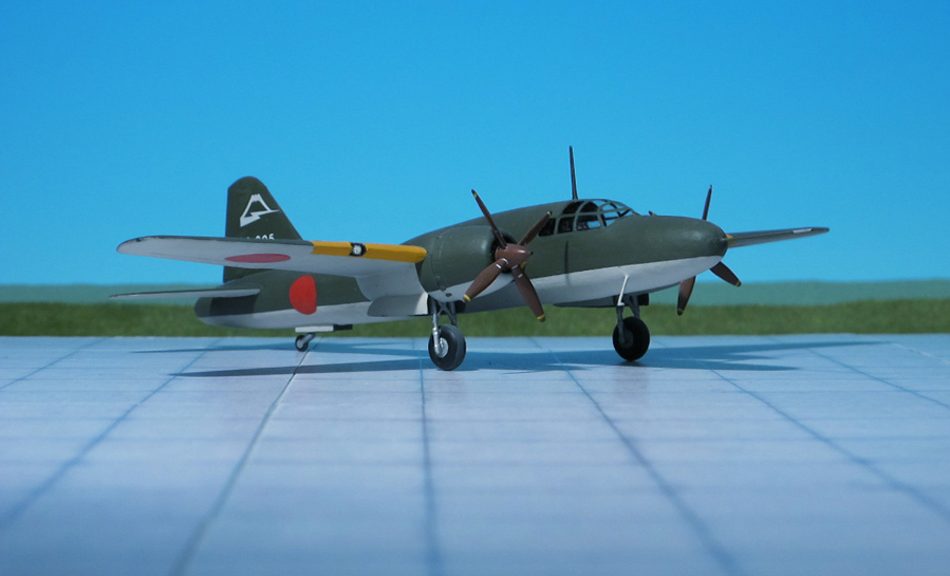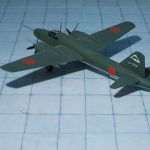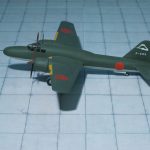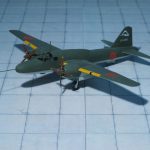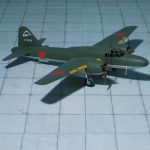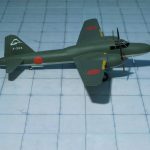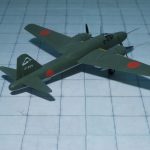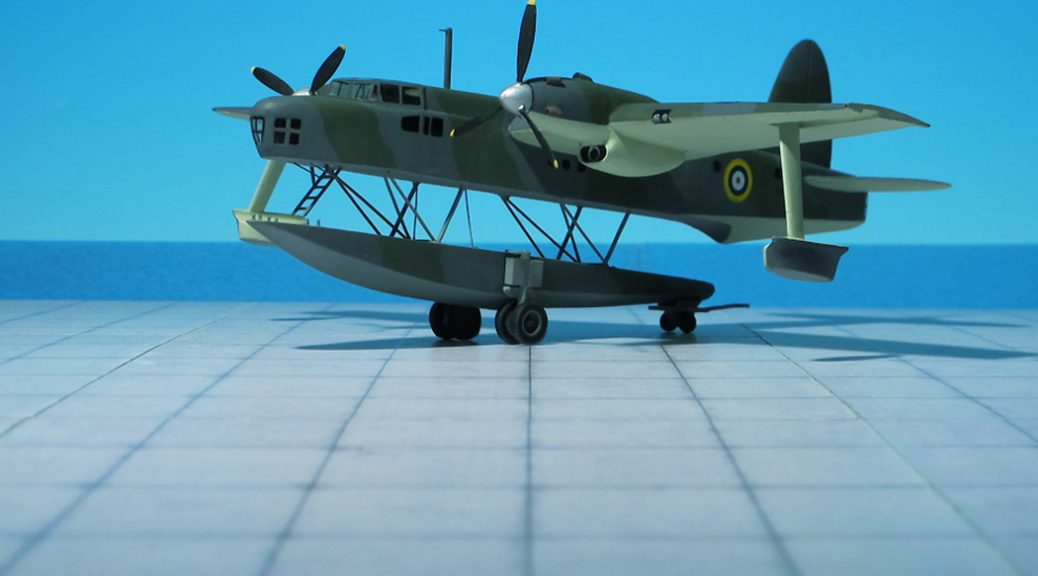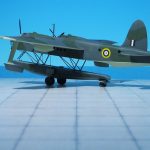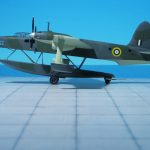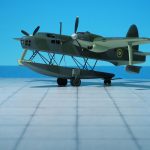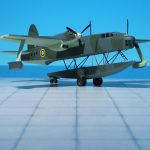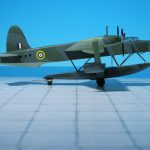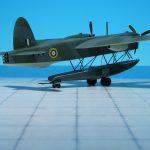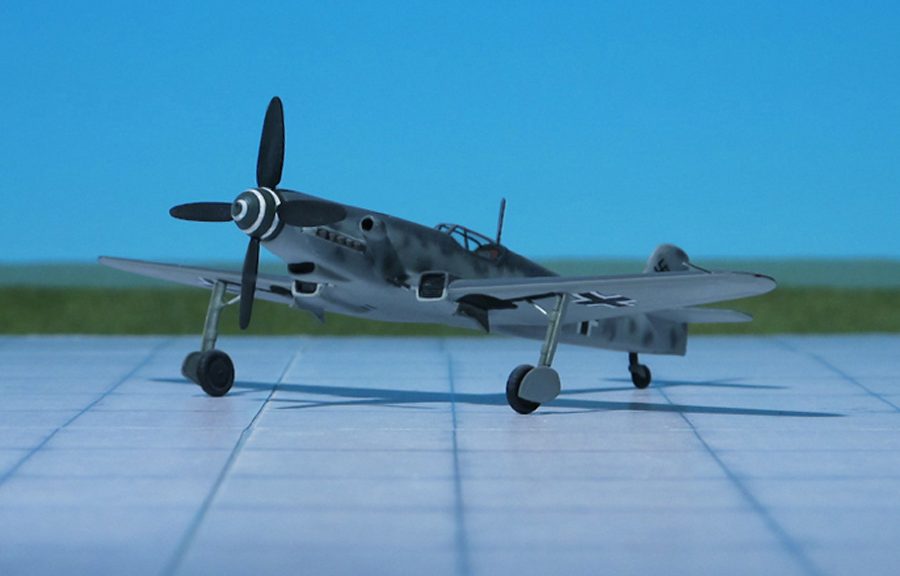TYPE: Short- and medium-range interceptor
ACCOMMODATION: Pilot only
POWER PLANT: One Daimler-Benz DB 603A-1 liquid-cooled engine, rated at 1,750 mph
PERFORMANCE: 496 mph at 26,200 ft
COMMENT: During 1941 the Messerschmitt design bureau began work on a new fighter intended to succeed the Messerschmitt Me 109. Designated Me 309, the new fighter employed a nose-wheel undercarriage. The first prototype Me 309 V1 began taxi-ing trials on June 1942 and the first test flight was not attempted until July 1942. Subsequent flight tests revealed some instability, and the prototype was grounded for several modifications.
Despite continual modifications, the characteristics of the fighter were still not entirely satisfactory. On November 1942 a flight comparison between the Me 309 V1 and a standard Me 109G revealed the fact that the older fighter could turn-out its potential successor. In the meantime three further prototypes were ready for test flights but the results showed that numerous modifications were necessary. During summer 1943, however, the complete program was abandoned owing to the superior qualities of the Focke-Wulf Fw 190D and Focke-Wulf Ta 152.
Prior to the termination of the program several variants of the basic design were proposed including different engines as Daimler-Benz DB 603H and Junkers Jumo 213. Another development, the Messerschmitt Me 609, with two Me 309 fuselages joined by a constant center wing, was not proceeded with (Ref.: 11).
